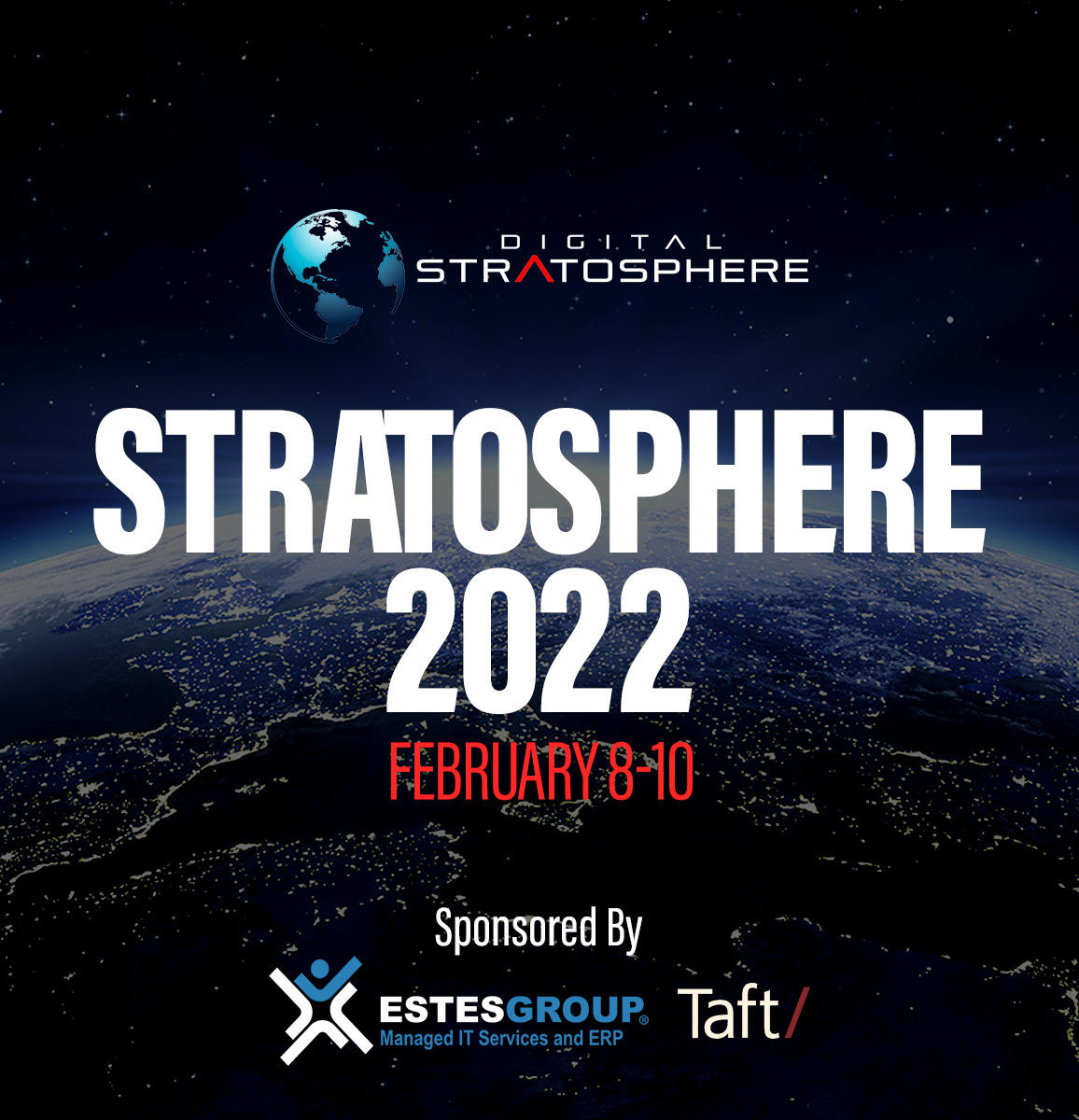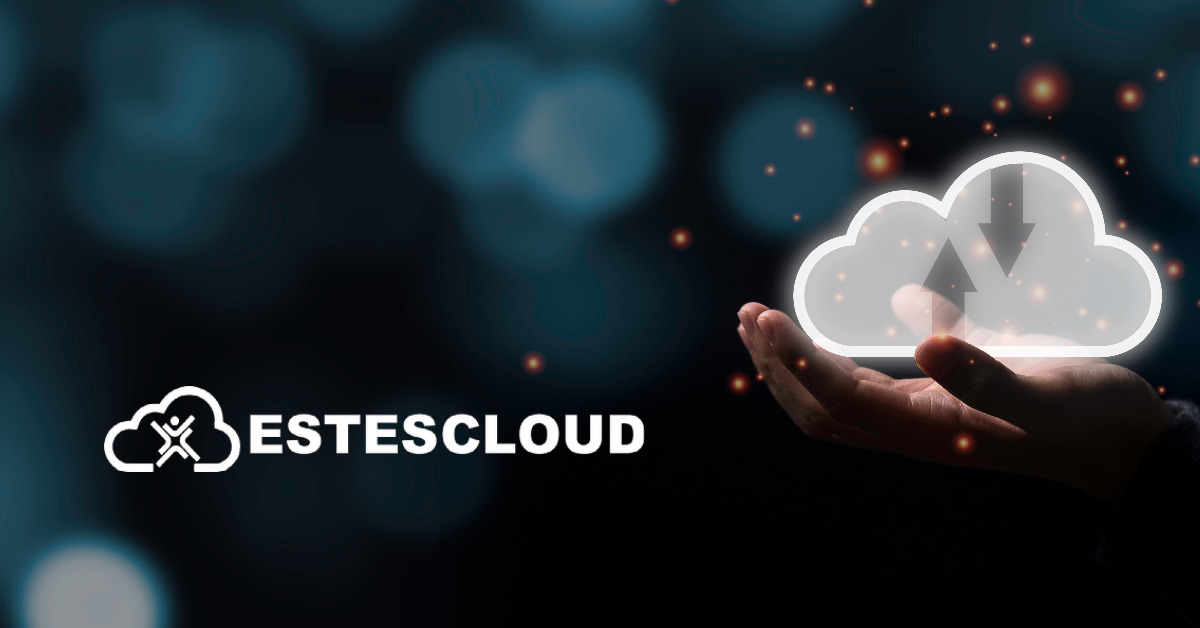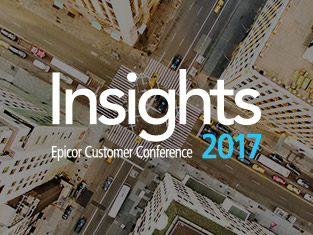EstesGroup is excited to announce that we are sponsoring Third Stage Consulting Group’s Digital Stratosphere event on February 8th – February 10th, 2022.

“Lift & Shift” vs. “Build-from-Scratch” Cloud Strategies
Our keynote presentation at Digital Stratosphere 2022 is based on conversations with our customers who are looking for the best way to move to the cloud from on-premise infrastructure or from a different cloud environment. We hope to help businesses struggling to understand their future in cloud-based deployments of their applications and data. With our years of experience assisting complex manufacturers and distributors with IT infrastructure and cloud migrations, EstesGroup builds the best custom private and hybrid cloud hosting solutions for any business ready to take on the challenge of implementing new technology.
Moving How, Moving Where?
Are you wondering how to move your data, your history, and your business applications to a cloud computing platform? Or, are you wondering how to move from one cloud to another? Any IT infrastructural shift you take results in what is known in the industry as a cloud migration. The options in choosing a cloud computing service model are varied. You have to factor everything in, from the timbre of your cloud adoption culture to the state of your computing resources.
Infrastructure as a service (IaaS)
In an IaaS environment, the customer procures resources from a cloud provider and is responsible for provisioning and configuring servers, and responsible for the installation, configuration and maintenance of the operating system and application layers. The provider maintains the underlying data center architecture and cloud infrastructure, and the customer assumes all subsequent duties.
In an Enterprise Resource Planning (ERP) context, a customer purchases services from a cloud computing company, then uses these services to provision the necessary virtual machines to build out the cloud ecosystem.
Within this ecosystem, the customer would subsequently install the necessary operating systems, the database management systems and the ERP applications themselves. The customer is responsible not only for installation and configuration of their specific cloud ecosystem, but also for its ongoing maintenance and the maintenance of any third-party integrations.
As you can see, Infrastructure as a Service bears the most similarity to an on-premise data center in that it places the most responsibility for the management of the ecosystem on the customer, which would require the internal roles to administer the network, the database, and the application itself. But unlike on-premise installations, and their colocation counterparts, the resources benefit from the scalability of a cloud infrastructure, and are able to dial in their needs accordingly.
Additionally, the customer would be responsible for constructing and managing any third-party integrations with the core enterprise systems in place. With this comes the cost benefits of a consumption-based model. From a control standpoint, customers benefit from the ability to define and manage their third-party integrations in a manner that is tailored to the needs of their organization.
Platform as a service (PaaS)
In a PaaS environment, the provider provisions and manages the underlying architecture, and this platform provides the foundation upon which customer applications are installed and operated. In an ERP context, a customer working with a managed hosting provider could provision virtual machines, install and configure the operating system and database management systems, and then install and configure the ERP system on the pre-established platform.

The maintenance of the platform is the responsibility of the provider, while the ongoing maintenance of the ERP solution may be the responsibility of the customer or the provider, depending on the relationship that has been established between them. As such, within the PaaS model variants exist which allow customers to control various elements of the cloud ecosystem while outsourcing other elements to the cloud provider. Depending on the support gradient, the provider may be responsible strictly for the management of the operating system and database, allowing the customer to control the installation and administration of the application.
In most enterprise system scenarios, the cloud provider will provide additional support, managing the application’s server-side administration, allowing the client to focus on the functional administration of the application, such as user access and permissions within the ERP system itself.
Depending on the capabilities of the cloud provider and the needs of the customer, the provider may also provide these functional needs. Additional administrative effort may similarly be divided across third-party applications that are integrated with the primary system. Given the different tiers of service, providers can tailor their pricing models to meet the specific needs of the specific customer.
In terms of scalability, the cloud provider addresses resource expansion and retraction needs, should they arise. This flexibility is often defined in the agreements themselves. In terms of seasonal usage changes, for instance, the costing implications of cyclical resource changes can be managed in a manner similar to an IaaS model.
Software as a service (SaaS)
In a SaaS environment, the customer consumes the application directly from the software vendor in most cases unless the SaaS code has been sub-licensed to others. The application is deployed to a cloud environment, and the provider is entirely responsible for the management of the entire cloud ecosystem.
In an ERP context, a customer could purchase a monthly license (usually based on “seats”) to a cloud-based ERP system and interact with the system through a web-enabled client, like a browser window. The customer never experiences the underlying infrastructure, or even the underlying application server itself, but only interacts with the application on a client basis.
Enterprise systems built upon a SaaS platform tend to have limited customization capabilities when compared to their on-premise counterparts. The emphasis here is on configurability in the place of customizability, with a customer bending its processes to fit within the parameters of the system configuration. Some customers benefit from a subscription-based model that bundles the cost of the application licensure and its underlying infrastructure into a single monthly cost.
Whose operating system are you sitting on? The most public of cloud-native platforms, SaaS applications provide a public cloud service. Amazon Web Services might come to mind as an everyday example of public cloud environments. An off-premises data center processes your business interactions in a park-like setting, with communication coming and going from businesses that are operating in the same cloud environment, which is supported by a large, and often global, corporation.
Types of Cloud Service are as Varied as Cloud Service Models
The choices are divergent, as are their implications to the implementing organization. Once a service model has been chosen, the implementation strategy can have a significant impact on the project’s timeline, budget, and scope.
That is to say, migrating to the cloud is not a one-size-fits-all proposition, and most companies migrating to the cloud normally face a choice between two options. On the one hand, they can opt to lift their existing on-premise platform and shift it wholesale to a cloud instantiation. On the other, they can choose to rebuild and reconfigure the new cloud platform from the ground up. The differences between the two approaches are significant, and a company should carefully consider the implications when approaching a cloud migration.
Cloud Migrations and Digital Transformation: Rations and Reasons
Reasons for cloud migrations are also nuanced. Companies tend to focus on security and compliance, flexibility and adaptability, and pricing when planning for a move to PaaS, IaaS, or SaaS.
Digital Stratosphere is the perfect cloud-based realm to explore your business strategies. Digital Stratosphere is a free virtual event designed for organizations about to embark on any digital strategy or transformation initiatives. Cloud migrations are the ultimate transformation for companies of all sizes and in all industries, and Third Stage Consulting Group’s online events provide the space to freely explore future possibilities.

